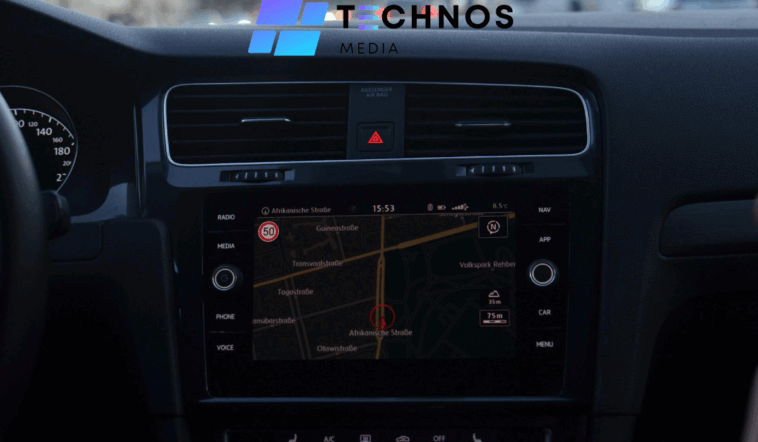The culinary world is no stranger to innovation. While traditional skills and recipes form the foundation of cooking, modern kitchens are now powered by cutting-edge technology. From smart ovens to data-driven food inventory systems, chefs are discovering new ways to save time, improve consistency, and enhance creativity.
In high-pressure environments where every second counts, technology doesn’t just help—it revolutionizes. While some benefits are obvious, like faster cooking appliances or temperature control systems, others are less apparent but equally impactful. This article explores ten unexpected yet powerful benefits of technology for chefs operating in fast-paced kitchen environments.
1. Precision and Consistency in Every Plate
Ask any seasoned chef: consistency is key to keeping customers satisfied. Technology brings precision that human hands alone might struggle to replicate. Sous-vide machines, programmable pressure cookers, and smart ovens maintain consistent temperature and humidity throughout the cooking process.
Digital scales, portioning devices, and automated dispensers ensure ingredients are measured with extreme accuracy. Whether preparing one dish or one hundred, chefs can now guarantee uniformity in flavor, texture, and appearance—helping maintain the quality their restaurant is known for.
2. Time Optimization Through Smart Scheduling Tools
Managing a commercial kitchen is a constant balancing act—staff rotations, ingredient deliveries, cooking times, and cleaning schedules must all align. Technology streamlines this complex dance.
Advanced scheduling software helps kitchen managers allocate resources more effectively. AI-powered systems can predict peak hours, assign prep tasks, and send alerts for daily duties. These tools reduce downtime and ensure that chefs and kitchen staff are always where they need to be, doing what they do best.
3. Minimized Food Waste and Cost Control
Food waste isn’t just an environmental concern—it’s also a financial drain. Technology helps chefs track inventory, forecast demand, and use ingredients more efficiently. Smart inventory systems alert kitchens when ingredients are nearing expiration, recommend recipes based on available stock, and automatically reorder items when supplies run low.
AI-powered portion control also plays a role. By analyzing customer data, kitchen systems can determine ideal portion sizes, ensuring guests are satisfied without over-serving. Over time, these tools lead to significant savings in food costs and better sustainability practices.
4. Enhanced Safety and Sanitation Monitoring
In a fast-paced kitchen, safety and hygiene can sometimes be overlooked under pressure. However, technology is now a silent guardian ensuring that food safety standards are never compromised.
Smart thermometers, wireless sensors, and digital HACCP (Hazard Analysis and Critical Control Points) compliance tools automatically monitor temperatures of refrigerators, freezers, and hot storage areas. These systems alert staff to temperature fluctuations, preventing spoilage or contamination.
In addition, UV-based sanitation devices and automated hand hygiene stations ensure compliance with health codes, protecting both staff and patrons from foodborne illness.
5. Voice-Activated Equipment for Hands-Free Operation
Imagine you’re elbow-deep in dough or flipping steaks on the grill. You need to check the oven timer or turn on the fan—but your hands are full. Enter voice-activated kitchen tools.
Voice-controlled devices let chefs interact with smart ovens, timers, and recipe databases without stopping their workflow. This innovation increases productivity, reduces cross-contamination, and brings a futuristic convenience to everyday tasks.
6. Real-Time Collaboration with Remote Experts
In today’s globalized world, chefs no longer need to work in isolation. Video conferencing tools, smart glasses, and augmented reality systems allow chefs to connect with culinary experts and trainers from around the world in real-time.
Whether it’s a new technique demonstration from a Michelin-starred mentor or live consultation on food presentation, chefs can now tap into a broader knowledge base, even while standing at their workstation.
Restaurants can also collaborate across multiple locations, ensuring menu consistency and quality control regardless of geography.
7. Enhanced Creativity Through AI Recipe Generators
Chefs are artists, but even the most creative minds can hit a wall. That’s where AI comes in. Artificial intelligence platforms now offer recipe suggestions based on available ingredients, dietary restrictions, and even current food trends.
Some systems analyze flavor profiles and suggest ingredient pairings never considered before, opening doors to culinary innovation. Chefs can test ideas virtually before bringing them to the plate, accelerating the creative process and helping stay ahead of competitors.
This tool doesn’t replace the chef’s creativity—it amplifies it.
8. Faster Staff Training with Interactive Tech
Training new chefs and kitchen staff can be time-consuming. With turnover high in the restaurant industry, finding efficient training methods is crucial.
Technology offers immersive learning through interactive tutorials, gamified training apps, and AR-based simulations. Trainees can practice knife skills, plating, or equipment operation in virtual environments before entering the real kitchen.
This leads to quicker onboarding, fewer mistakes, and higher confidence among new team members—benefiting the entire kitchen operation.
Final Thoughts
In the restaurant world, every second matters. Guests expect excellence, staff juggle multiple tasks, and the pressure rarely lets up. That’s why the integration of technology into kitchen workflows is not a luxury—it’s a necessity.
What was once considered science fiction is now standard practice: AI in the recipe process, voice-activated kitchen equipment, and smart sensors keeping an eye on food safety. As the culinary world continues to innovate, chefs who embrace these tools will not only keep up—they’ll lead the charge.
The unexpected advantages we’ve explored are just the beginning. As new tools emerge and old ones evolve, the chef’s toolbox will continue to grow—and with it, so will their potential.
This post was created with our nice and easy submission form. Create your post!





